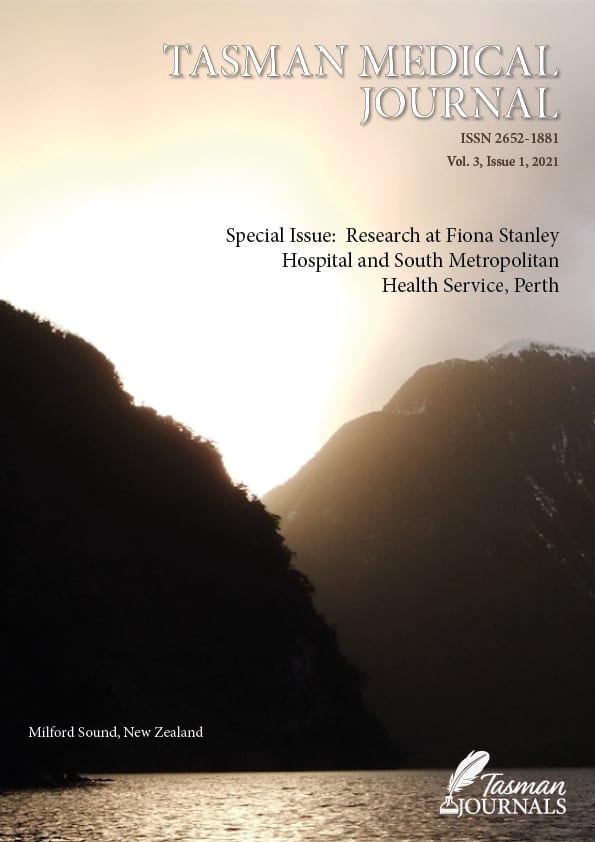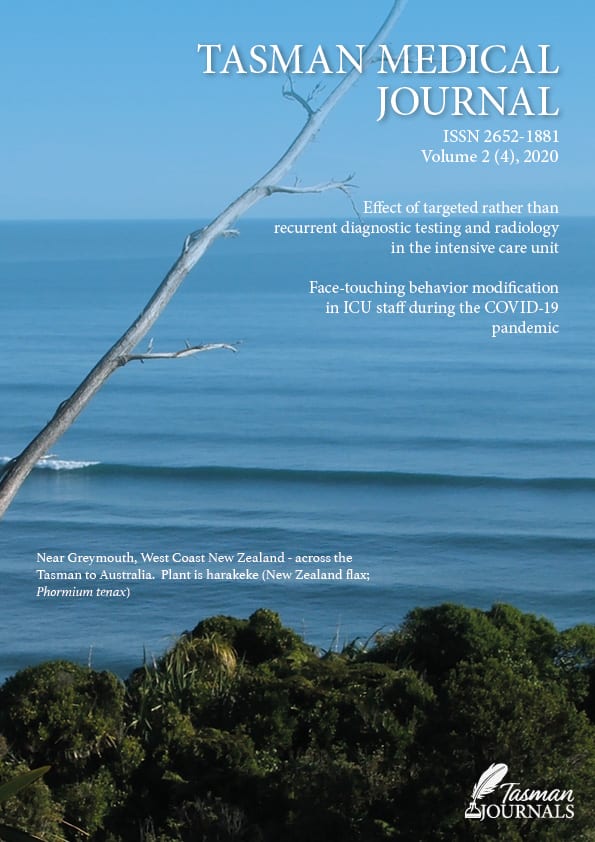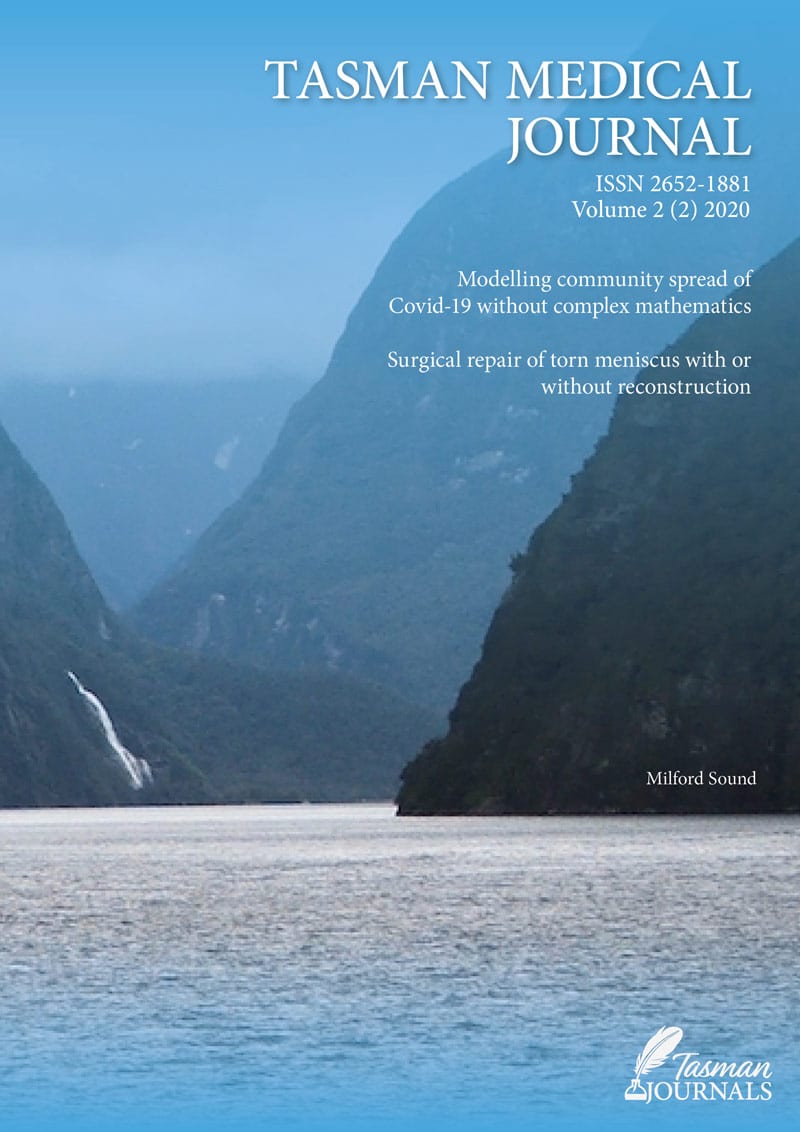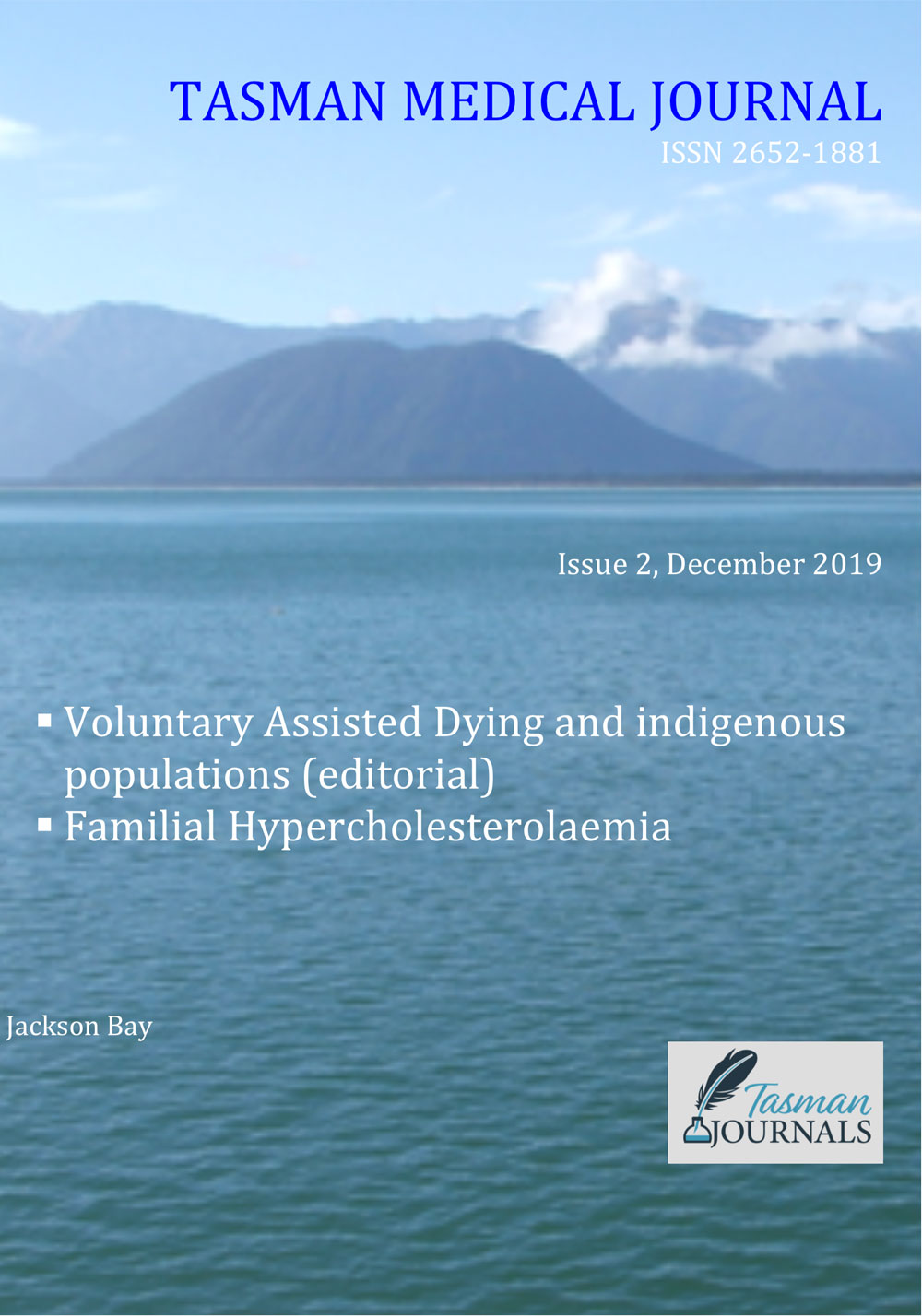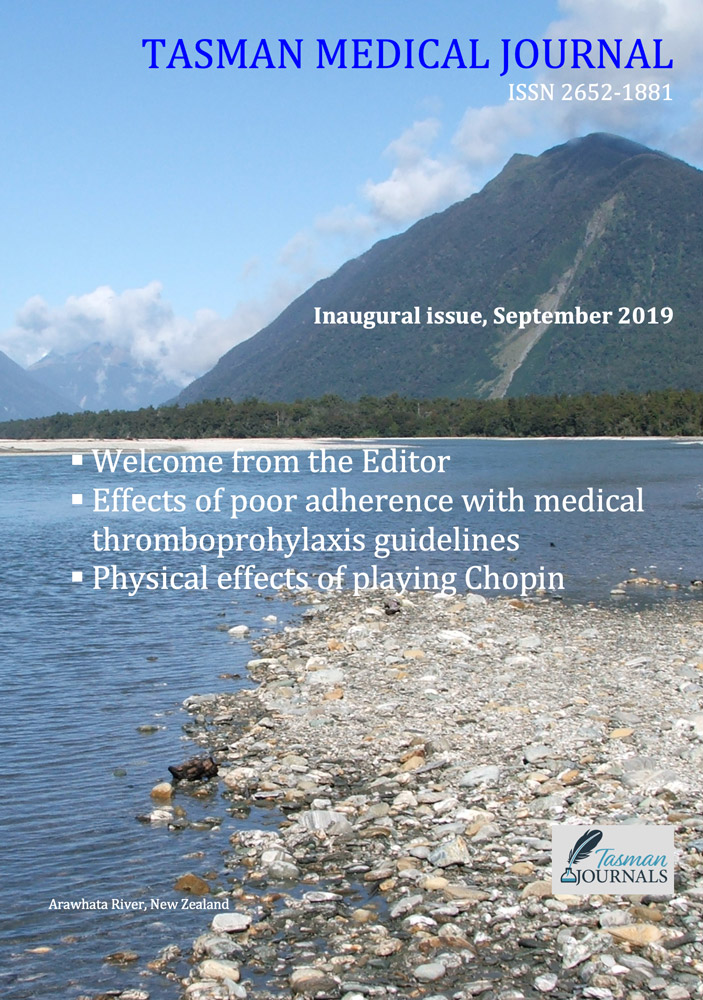Introduction
Frédéric Chopin (1810-1849) composed predominantly for solo piano. His music remains popular with the listening public and challenging for pianists. In his lifetime the pianoforte was still a young instrument, having been made possible by the invention of “escapement” (of the hammer from the strings) by Bartolomeo Cristofori around 1700. The resulting augmentation of dynamic range was exploited by Chopin (and Beethoven before him) and, as evidenced by Jane Austen’s text in Pride and Prejudice, the “piano-forte” was a feature of English drawing rooms by the time of Chopin’s birth.1
In exploiting the instrument, Chopin recognised substantially increased stressors on the hand. He warned in respect of his étude Op 10 No. 1, which consists of rapid upward and downward arpeggios involving repeated spans greater than an octave, that “…this étude will do you very much good if you study it correctly. It will stretch your hand. But if you study it badly, it will injure you”.2 This opinion showed amazing foresight, since contemporary understanding is that playing a musical instrument is an athletic activity, and to ignore that fact is to invite the possibility of various injuries.3 Indeed, a combination of adverse factors affecting a keyboard player can cause symptoms and injuries of the entire upper limb structures including the neck.3
Relevant history
Recently, I worked up Chopin’s 2nd Ballade Opus 38 in F major and the Opus 10 No 1 étude. The former interesting and technically difficult piece, published in 1839 but with earlier drafts from around 1835, is a study of extreme contrasts. It includes two semiquaver arpeggio passages marked Presto con fuoco (fast, with fire) and a long violent coda marked Agitato, which, like Op 10 No.1, contains difficult arpeggio passages, in semiquavers over two octaves. These passages contrast with several soft and melodic Sicilienne passages. They combine to make the 2nd Ballade a most difficult piece. Its demands under my hands as I became familiar with it seemed to increase rather than decrease, possibly because, as the tempo increased progressively towards that implied by the composer’s markings, my fingers failed to keep up.
Opus 10 No 1 consists of ascending and descending arpeggios within intervals of 10ths, 11ths and even 12ths, played rapidly. It is designed to strengthen the R hand, and the L hand has little to do but track or announce key changes. At some points the fingering is challenging and marked abduction and adduction of the wrist is required.
My workup of the Ballade occupied February to October 2017, with one break of 4 weeks in May/June. In late July I developed what I thought was a recurrence of L supraspinatus tendonitis suffered 10 years earlier. Supraspinatus tendonitis is associated with playing the piano.3 My original symptoms responded quickly to corticosteroid injection. However, on this
Summary and conclusion
My previously asymptomatic state was transformed during the practicing of two of Chopin’s most demanding pieces to one of substantial but fortunately temporary loss of neurological function affecting the R hand while working on the 2nd Ballade, and progression of a previous hand arthritis made manifest originally by practice of the étude opus 10 No 1. It is likely that the R wrist osteoarthritis was exacerbated by injudicious practice of the two pieces. Might one also suspect a contribution to the radiculopathy? This is less certain, but one’s posture at the piano is a matter of controversy and practicing difficult pieces tends to induce muscle stress, of psychological or physical origin, which can include the hands, arms, shoulder girdle and neck. Contracting the shoulder muscles at the keyboard is a common fault and can induce muscle pain and loss of function.3,4
The possibility that my discomfort was partly grounded in the work of a genius such as Chopin acts as a consoling counterweight to my symptoms and errors of posture, stress and piano technique. I offer this history as a warning flag for other amateur pianists who, like myself, have the temerity to attempt pieces that are in fact beyond them. But is not striving to achieve what initially appears impossible always admirable, as the basis for beneficial personal and social change?



